Can I Cycle With High Hamstring Tendinopathy?
When I made the transition to cycling from running, the main thing that I noticed was that all of my minor aches, pains and recurring overuse injuries magically disappeared. When I am running with my fellow runners to chat while going through Golden Gate park, the one question is asked typically: Can I cycle with hamstring tendinopathy?
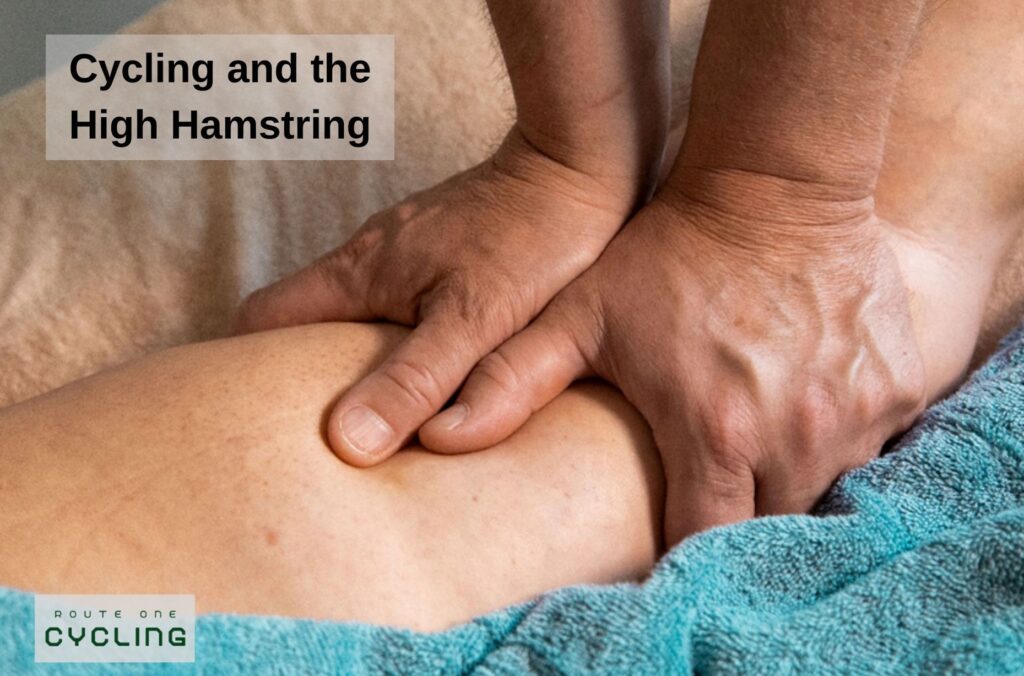

The fact is that most runners are almost always dealing with some sort of minor overuse injury. Our trainers would compare us to the football players because he always felt that we were inventing injuries. That’s not true. Endurance runners typically have hearts twice the size of a normal person’s, the ability to metabolize 5 times the amount of energy as a sedated person, and resting heart rates 25% lower than others’. The major drawback of running is that without any body to body contact, endurance running as a sport also lends itself to be extremely damaging on the body.
In this article, you will learn about the frustrating injury of high hamstring tendinopathy and how cycling will effect it. You will learn the answer to questions about if cycling aggravates the hamstring, to how to ride in order to not cause any further injury. You will also learn the answer to questions like “Can I Cycle with High Hamstring Tendinopathy?” to “Is Cycling hard on the hamstrings?”
At the end of this article you should fully understand why and how cycling is great on the body and see some of our other articles on how cycling is both gentle, healing and helpful while being great for strengthening the body and cardiovascular system.
Can I cycle with high hamstring tendinopathy?
Yes, cycling with high hamstring tendinopathy has many benefits to the hamstring if your bicycle fit is done correctly and you are not putting too much strain on the hamstring during your ride. It can lend itself as a great recovery measure or training measure. Regardless of if you are training or recovering the main focus is to not to work the muscle too hard that you strain the muscle.
After cycling with high hamstring tendinopathy, it is important to massage, ice and stretch the tendon after. The reason being is that you just worked out the tendons and muscles surrounding. Stretching, massage and ice signals to the body that it is time to transition from strengthening mode to rest, relaxation and restoration mode. We have a great guide here on icing and massaging here.
How can I know I am working the muscle too hard?
The main way to understand that you are not working the muscle too hard is that while riding you should feel:
- Pain in the range of 3/10-5/10. If you are above that range, then you are overworking the tendon.
- You should not feel pain 1 hour after the cycling is complete.
- You should not feel pain or soreness the morning or day after in the area.
If you feel pain around the area outside of these guidelines, then you are cycling too hard and you are further aggravating the tendon. The reason why you are able to cycle on with high hamstring tendinopathy is that you are able to work the tendon, get an aerobic workout for the body and also stimulate blood flow to that particular area of the body.
What is good bike fit?
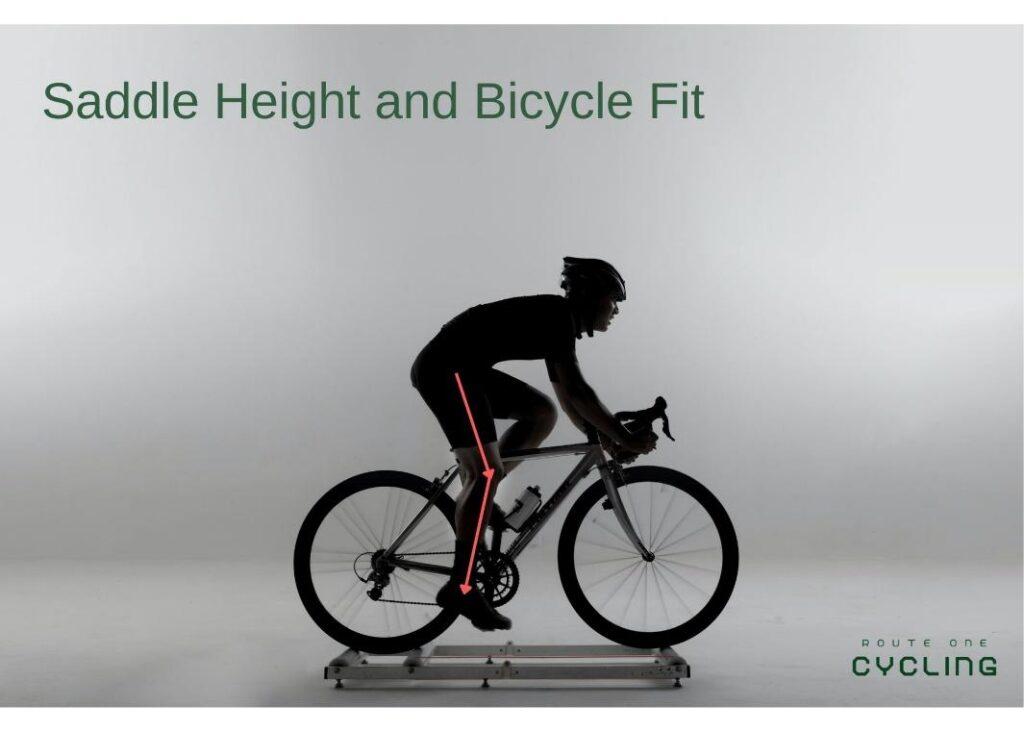

Your bicycle needs to be fitted to your body to make sure that you are not underextending or overextending your legs and hamstrings. The angle of your legs as demonstrated in this guide will show you how to keep your body at the correct angles so that you are able to continue riding without further damage to your body. As long as your legs are coming down over the bike at the correct right angles, then you are doing 90% of what needs to occur with the bike to minimize further aggravation of the joint. If your bike fit is incorrect, it is not recommend to bike with high hamstring tendinopathy as it will do more harm than good.
If you are interested in going to a professional for a bike fit, here is all you need to know regarding typical pricing and what service you’ll receive.
Does cycling aggravate the hamstrings?
Many of us wonder is cycling hard on the hamstrings? Cycling does not aggravate the hamstrings and is not hard on them.
- If you do not have a current injury, then it is extremely difficult to develop an overuse injury in the hamstring while cycling.
- If you are biking with an injury, care must be taken while cycling though it is very possible.
- If there is a level of mindfulness about the injured hamstring, cycling is encouraged to aid in injury rehabilitation.
Does cycling loosen the hamstring?
Any aerobic exercise where you are working with your legs will loosen the hamstring. This will include cycling, running, rowing and swimming. As long as you are moving that area and increasing blood flow to the body the sedated area will loosen and regain mobility. Cycling is an excellent choice to regain mobility because the motion is done without any impact to the body throughout the given exercise.
Conclusion
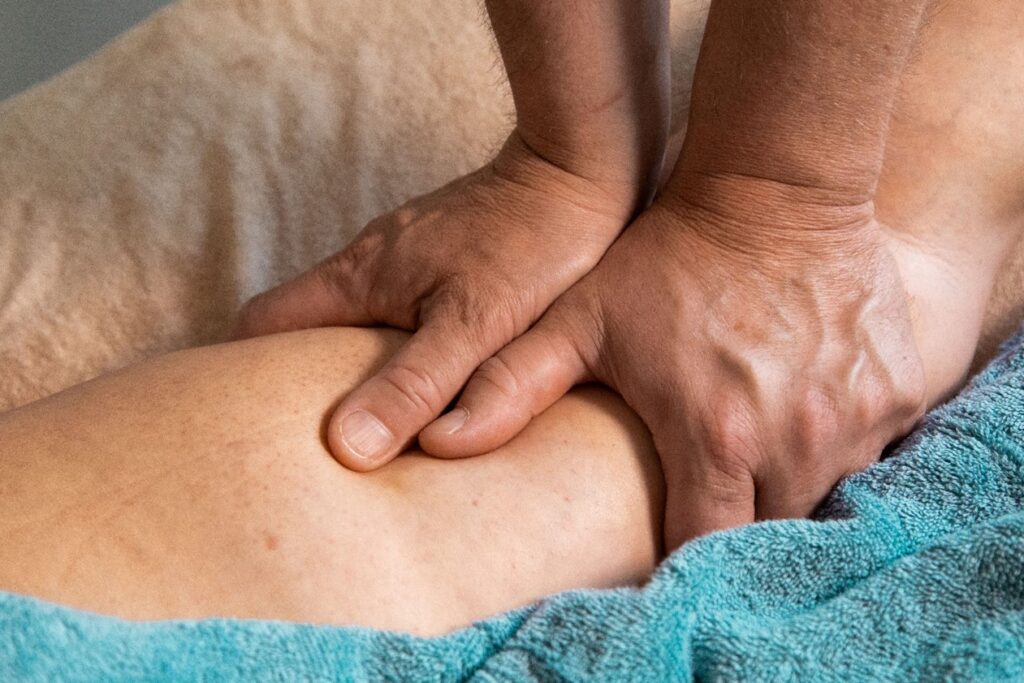

Can I cycle with high hamstring tendinopathy? Yes, it is an excellent choice to choose to cycle with high hamstring tendinopathy if you are making sure to not work the muscle too much. Following up your bicycle ride with massage, ice, stretching, and targeted exercise will mitigate your high hamstring problem and allow you to continue cycling or running with little issue.

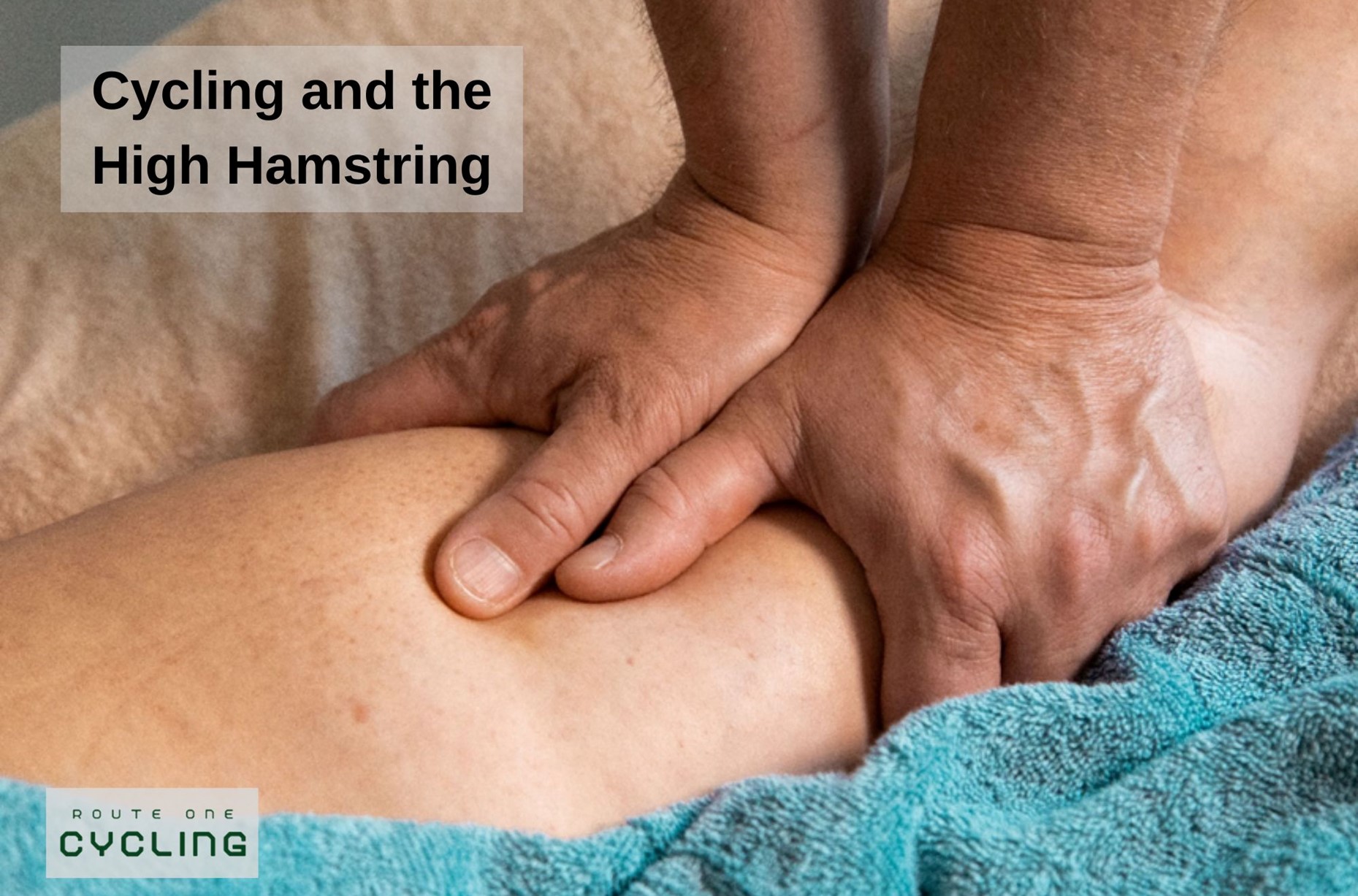

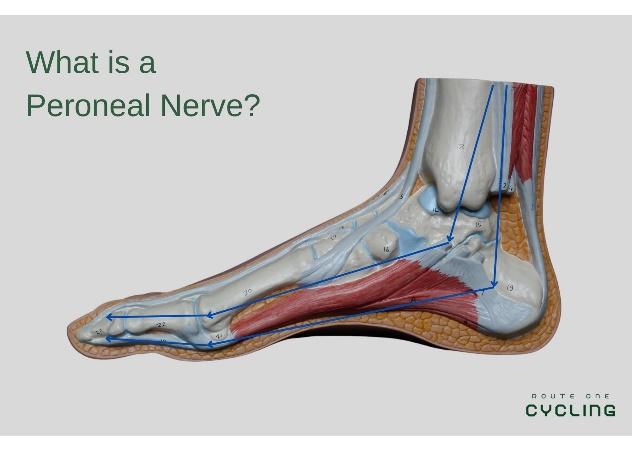
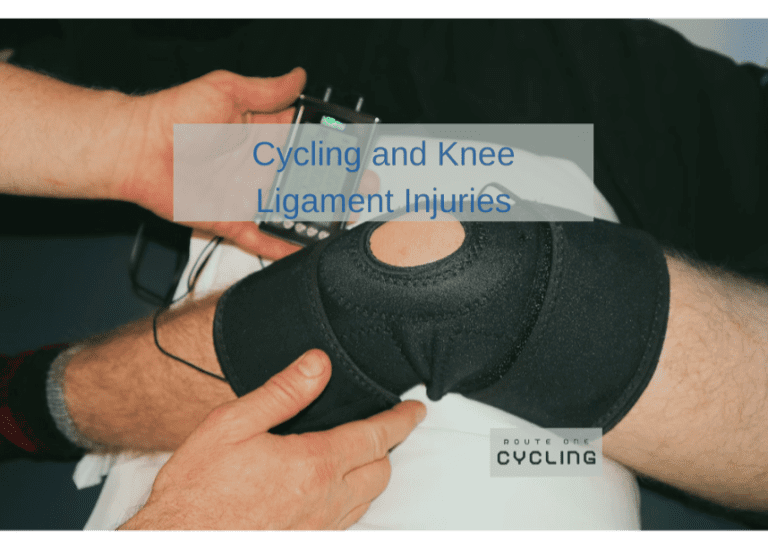
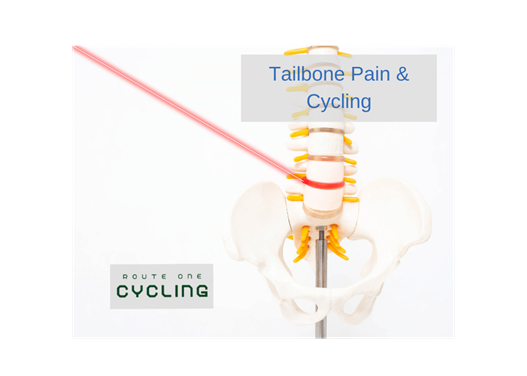
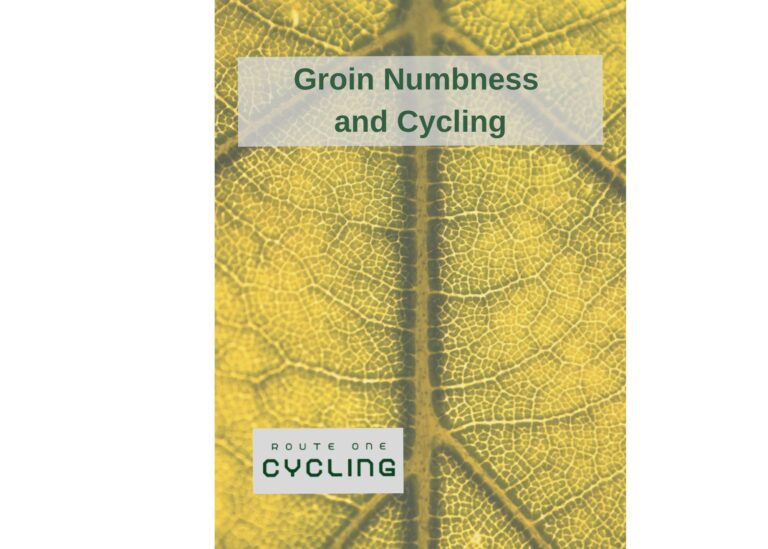
![Does Cycling Strengthen Knee Ligaments? [Read before cycling with bad knees]](https://routeonecycling.com/wp-content/uploads/2023/03/doescyclingstrengthenkneeligaments1-768x549.jpeg)